
- For PC
- For MAC
- For Linux
- OS: Windows 10 (64 bit)
- Processor: Dual-Core 2.2 GHz
- Memory: 4GB
- Video Card: DirectX 11 level video card: AMD Radeon 77XX / NVIDIA GeForce GTX 660. The minimum supported resolution for the game is 720p.
- Network: Broadband Internet connection
- Hard Drive: 23.1 GB (Minimal client)
- OS: Windows 10/11 (64 bit)
- Processor: Intel Core i5 or Ryzen 5 3600 and better
- Memory: 16 GB and more
- Video Card: DirectX 11 level video card or higher and drivers: Nvidia GeForce 1060 and higher, Radeon RX 570 and higher
- Network: Broadband Internet connection
- Hard Drive: 75.9 GB (Full client)
- OS: Mac OS Big Sur 11.0 or newer
- Processor: Core i5, minimum 2.2GHz (Intel Xeon is not supported)
- Memory: 6 GB
- Video Card: Intel Iris Pro 5200 (Mac), or analog from AMD/Nvidia for Mac. Minimum supported resolution for the game is 720p with Metal support.
- Network: Broadband Internet connection
- Hard Drive: 22.1 GB (Minimal client)
- OS: Mac OS Big Sur 11.0 or newer
- Processor: Core i7 (Intel Xeon is not supported)
- Memory: 8 GB
- Video Card: Radeon Vega II or higher with Metal support.
- Network: Broadband Internet connection
- Hard Drive: 62.2 GB (Full client)
- OS: Most modern 64bit Linux distributions
- Processor: Dual-Core 2.4 GHz
- Memory: 4 GB
- Video Card: NVIDIA 660 with latest proprietary drivers (not older than 6 months) / similar AMD with latest proprietary drivers (not older than 6 months; the minimum supported resolution for the game is 720p) with Vulkan support.
- Network: Broadband Internet connection
- Hard Drive: 22.1 GB (Minimal client)
- OS: Ubuntu 20.04 64bit
- Processor: Intel Core i7
- Memory: 16 GB
- Video Card: NVIDIA 1060 with latest proprietary drivers (not older than 6 months) / similar AMD (Radeon RX 570) with latest proprietary drivers (not older than 6 months) with Vulkan support.
- Network: Broadband Internet connection
- Hard Drive: 62.2 GB (Full client)
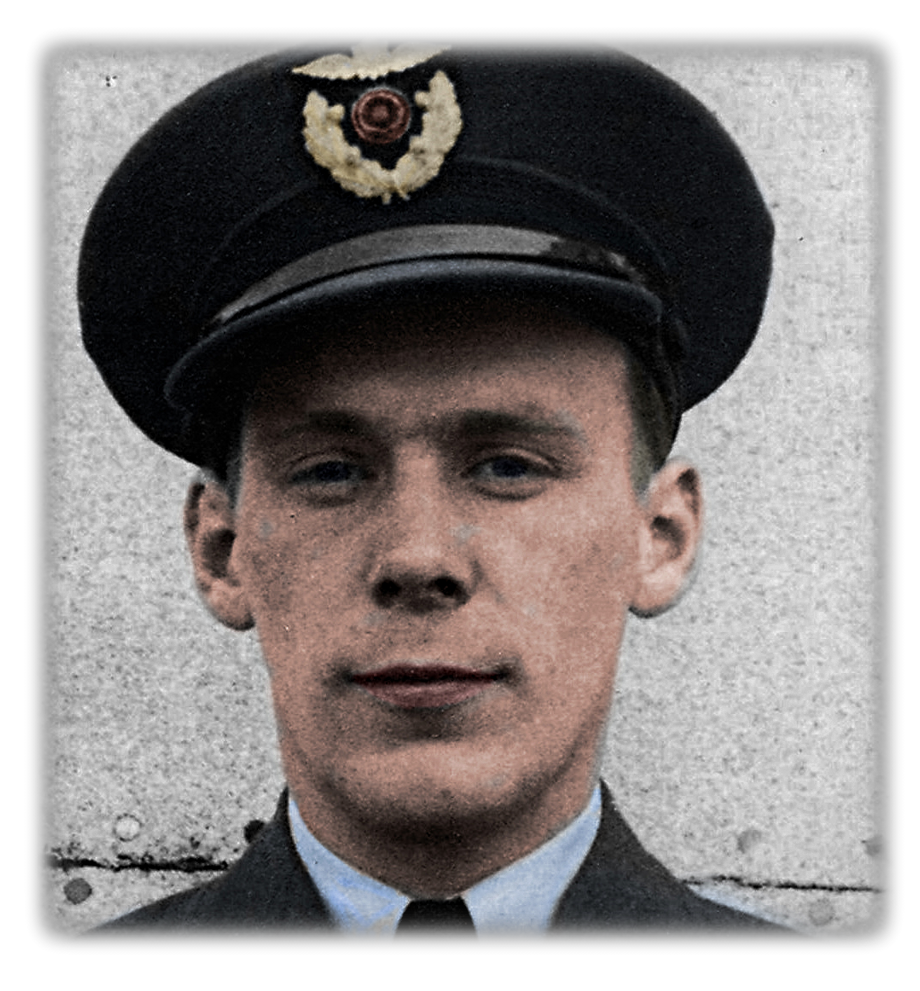
| All the pilots who have flown for Supermarine, whether civilians or in the service are inevitably part of the firm's success, and some of them lost their lives in the process. |
|
- Jeffrey Quill, Chief Test Pilot at Vickers-Armstrongs Supermarine, Flight Magazine, 1953 |
Watch the newest episode of Spitfire Glory about Leif Lundsten, by Knut “EAF331_Stuntman” Åshammer:
Join him in the dangers of test flying, the thrill of acrobatics and the unique experience
to fly one of the first Griffon-powered Mk XIV’s.
|
6th June 1943: a different life for Captain Leif Lundsten begins. After 23 months of active service in RAF 331 Squadron, it was time for a long awaited leave. There was however hardly any time for rest; it was war and Leif was needed to fill a crucial role in the ever expanding RAF. A military pilot prior to the war in Norway in 1940, he was among the 1st Fighter Wing, the first batch of Norwegian fighter pilots from the training unit Little Norway in Canada in August 1941. Together they formed the original core of 331, the first Norwegian fighter squadron in the RAF. Their squadron code was FN, symbolically similar to their official slogan “For Norge” (“For Norway"). |
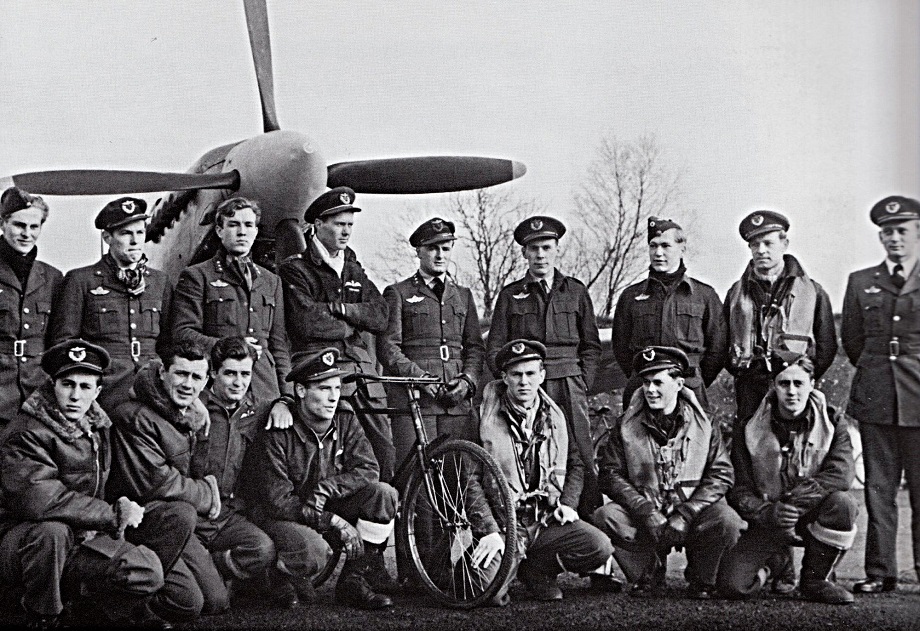 |
Now, after flying Spitfires for 21 months without leave, his broad experience of the aircraft would bring him to RAF Worthy Down and the testing facility for Supermarine. It had an infamous ‘hump’ blocking the view that caused several accidents, one of which Chief Test Pilot Jeffrey Quill collided with a Proctor, nearly killing both pilots.
Leif would change his duties from Rodeo fighter sweeps, Circus bomber escorts and Rhubarb low-level raids over France, to the testing of brand new Spitfires and its prototypes. It would be a whole different way of life than a frontline squadron, but not without dangers.
|
|
| Spitfire Glory - p. 136 |
|
Instead of FW-190s out of the sun or FLAK when strafing ground targets, mechanical failures and even poor weather could be just as fatal during production tests. No Spitfire is perfect and it was his duty to make sure they were, but an accident was bound to happen sooner or later. It turned out to be sooner. On 6th August 1943 he flew Mk VII BS229 to North Weald, 331’s operating base, probably to receive his new DFC for valour in combat. On his way back to Worthy Down, Leif experienced landing gear failure and was forced to belly land. Shaken but unhurt, he then tested the Mk IX BS118. He usually tested several Spitfires a day, almost every day. His Spitfires would be delivered to squadrons all over the world: from Australia to Burma and the far east, to North Africa, Malta and the Mediterranean, and finally to local squadrons in England. |
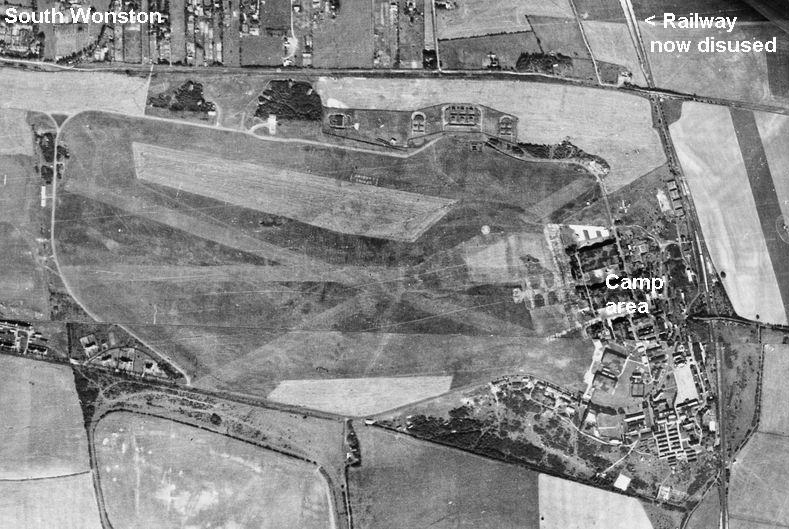 |
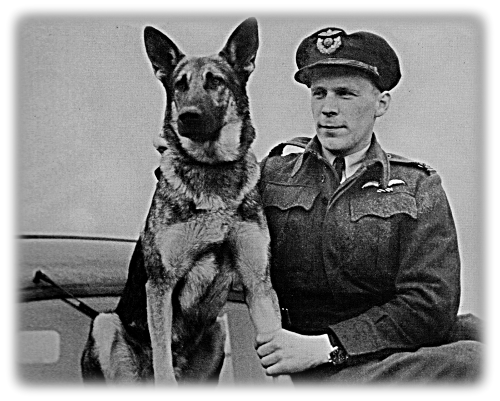 |
| Leif was a serious but quiet man. His Norwegian origins, coming from the rural village of Bilitt and with a modest living, made him different from most other test pilots at Worthy Down. He was never mentioned specifically by Jeffrey Quill, but it is known the Chief Test Pilot for Supermarine praised the commitment shown by every pilot. |
Worthy Down was the first airfield to test the Griffon-powered Spitfire in 1941 and it was here most of the early Seafire development took place. Arguably Leif’s most historic moment as a test pilot was his connection with Mk XII MB882, the last XII ever produced. On 24th September, he went to High Post to pick up this historic piece of machinery and fly it to Worthy Down for production tests. Leif knew it was the last, and for once, added that as an extra comment in his logbook, uncommon to his usual professional conduct. Flying the last XII must have been special for Leif, but MB882 was not the only remarkable experience on that day.
Prototype testing of the early XIV’s was the most popular duty while Leif was posted at Worthy Down. Leif got to fly one of the very first, JF320, and put its performance to the test. These early XIV's were six Mk VIII airframes fitted with a Griffon 61 engine, unofficially known as VIIIg. Therefore Lundsten could have easily missed the change of mark, especially since the serial number looked to be a VIII, but he did indeed write it down as a XIV in his logbook. It must have been an amazing day for Leif, flying the last XII and one of the first XIV's on the same day.
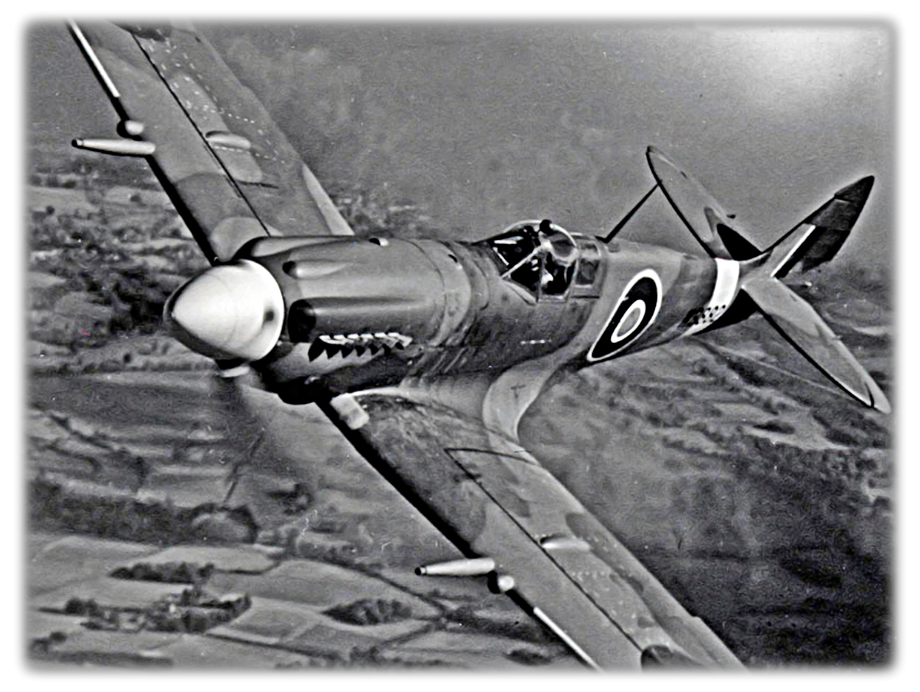
During his test pilot duty, Leif Lundsten experienced first hand the evolution of the Spitfire. He is an unknown to most aviation historians and almost completely forgotten by the public: the contribution of Norwegian pilots to the war effort is not taught in Norwegian schools. He flew over 280 unique Spitfires of many different marks and with his extensive knowledge of the aircraft, became one of RAF’s most experienced Spitfire pilots. It would be needed for the dangerous times to come and the hardships he would face. He, would be needed to lead 331 squadron, as the invasion moved ever closer. And more friends would be lost.
To be continued in Episode IV: The war goes on
On the same subject :
This War Thunder film series is based on the book "Spitfire Glory: The Wartime Flying Life of Leif Lundsten"
by author Tor Idar Larsen.
for future Spitfire Glory episodes!
Author : Knut “EAF331_Stuntman” Åshammer




Comments (22)
I really enjoy these history content. Keep making more!
It's planned!
Thank you very much, I'm glad to hear you enjoyed this detailed article and episode. More of both are coming in the future.
Thank you Gaijin and War Thunder for featuring my newest episode of Spitfire Glory. I hope this historical article was interesting and the episode educative and entertaining to watch. More episodes and more articles coming in the future. More personal stories from Leif Lundsten!
Will you add more realistic engines sounds in the game? Also the sound of a plain diving or crashing would contribute towards the game. ;p
In my opinion...War Thunder is a great game but it needs a lot of new sounds! Gun firing sound for tanks and engine sounds for planes. Playing this game for years...it's kinda boring to hear bunch of planes with the same sound. About tank gun fire sound....British 40mm firing sound is better than a 75mm KwK...
Will there be any War Thunder stuff in PGA today?
Will you make a historic content about the p-51?
I have to check with the team, it's not planned at the moment but it's an iconic / interesting plane. We'll see.
Will you add the effect of when a plane breaks the sound barrier? The MiG-17 and the Hunter can do it in steep dives
Yup, it will be so nice to not hear anything, it would be so nice without the sound of the engine
Blind_Crow, It's more realistic, and Gaijin wants the game to be realistic too. Also that would happen for only a few seconds because the MiG-17 and the Hunter we have in the game don't accelerate after supersonic speeds
My beard will grow,and even then...you guys didn't released Japanese tanks :( I CAN'T WAIT ANYMORE!!!!!!!!! Good history content btw.
Could you guys also make in dept looks at inovative equipments and tehnologies? I am sure many would be interested in this type of articles.
Great Article! On a sidenote : Why was Plagis' Spitfire taken out from store I wanted to get it :( I was planning to buy the Wings Of Victory Pack that came with it but its gone too..
Thank you!
Many thanks to my compatriot for this highly interesting read! Keep them coming, please!
Hjertelig takk! More episodes are coming!
Submit a complaint